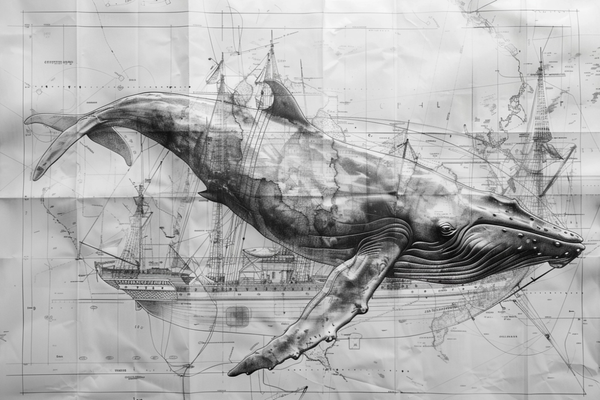Dynamic capability

Resources, especially dynamic capabilities, can provide competitive advantage when they are valuable, rare, not readily substitutable, and difficult to imitate. 'Dynamic capabilities' include the capacity “(1) to sense and shape opportunities and threats, (2) to seize opportunities, and (3) to maintain competitiveness through enhancing, combining, protecting, and, when necessary, reconfiguring the business enterprise’s intangible and tangible assets.” As David Teece explained, sustained competitive advantage requires the ability to “orchestrate” the company’s activities and its acquisition, use, and transformation of resources in a unique way.
—from The Entrepreneur's Guide to Law and Strategy (5th ed.)
Thinking of the capacity for dynamism as a "resource" akin to money or energy is a useful metaphor because it implies something that can be obtained and leveraged, rather than an innate quality. A person—or a firm—with dynamic capability has a kind of meta-resource that enables them to transform other resources flexibly as needed.
This pairs well with the engineering concept known as a dynamic envelope, which describes the amount of space to account for when designing tunnels to allow for the natural sway and rocking motion of train cars when traveling through them.
Allow sufficient room for dynamic capability—flexible responsiveness—to be allowed, cultivated, nurtured. Then frame it as a resource to be tracked accordingly.



